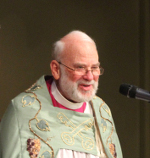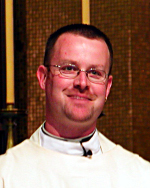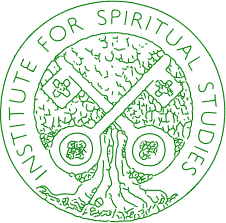|
|
Most of the public art in Britain before the Reformation was in churches, cathedrals and monastic foundations. Henry VIII's decision to dissolve the monasteries removed a great many of these treasures. Many fell into private hands or were hidden. Some are being rediscovered. But the iconoclastic tendencies which emerged enabled significant numbers of people to attack and destroy works of art in the various phases of the English Reformation running from the 1540s to the 1650s. With religious imagery (and Greco-Roman mythology) outlawed, English artists focussed on portraiture to survive, and eventually still life and landscape emerged as acceptable genres. Not until the nineteenth century did religious imagery return.
| Date |
Thursday 28 September, 2017
|
| Time |
7.30 – 9.30 pm
|
| Venue |
St Peter's Hall, Eastern Hill
|
| Cost |
$15 (concession: $12)
|
| Speaker |
 Bishop Ian George
Bishop Ian George
Ian George is the former Archbishop of Adelaide. After an earlier career as a lawyer, he was ordained a priest in 1964. He held several curacies before becoming chaplain and lecturer in English history at the University of Western Australia. He has been an art critic for over 50 years, giving regular lectures at the NGV, NGA, AGSA and QAG in this time.
 Archdeacon Craig D'Alton
Archdeacon Craig D'Alton
Craig is the Vicar of St Mary's North Melbourne. Prior to taking up his current post in 2010 he held parish appointments in Melbourne and Oxford. Craig gained a PhD in history from the University of Melbourne in 1999. He studied theology at Trinity in the 1990s and has taught church history and ministry formation at various Melbourne theological colleges. Between 2002 and 2003 he held the postiions of research co-ordinator and registrar of the University of Divinity.
|
Previous |
Index |
Next
Authorized by the Vicar
(vicar@stpeters.org.au)
and the Institute for Spiritual Studies
Maintained by the Editor
(editor@stpeters.org.au)
© 2017 The Institute for Spiritual Studies
|

 Bishop Ian George
Bishop Ian George Archdeacon Craig D'Alton
Archdeacon Craig D'Alton